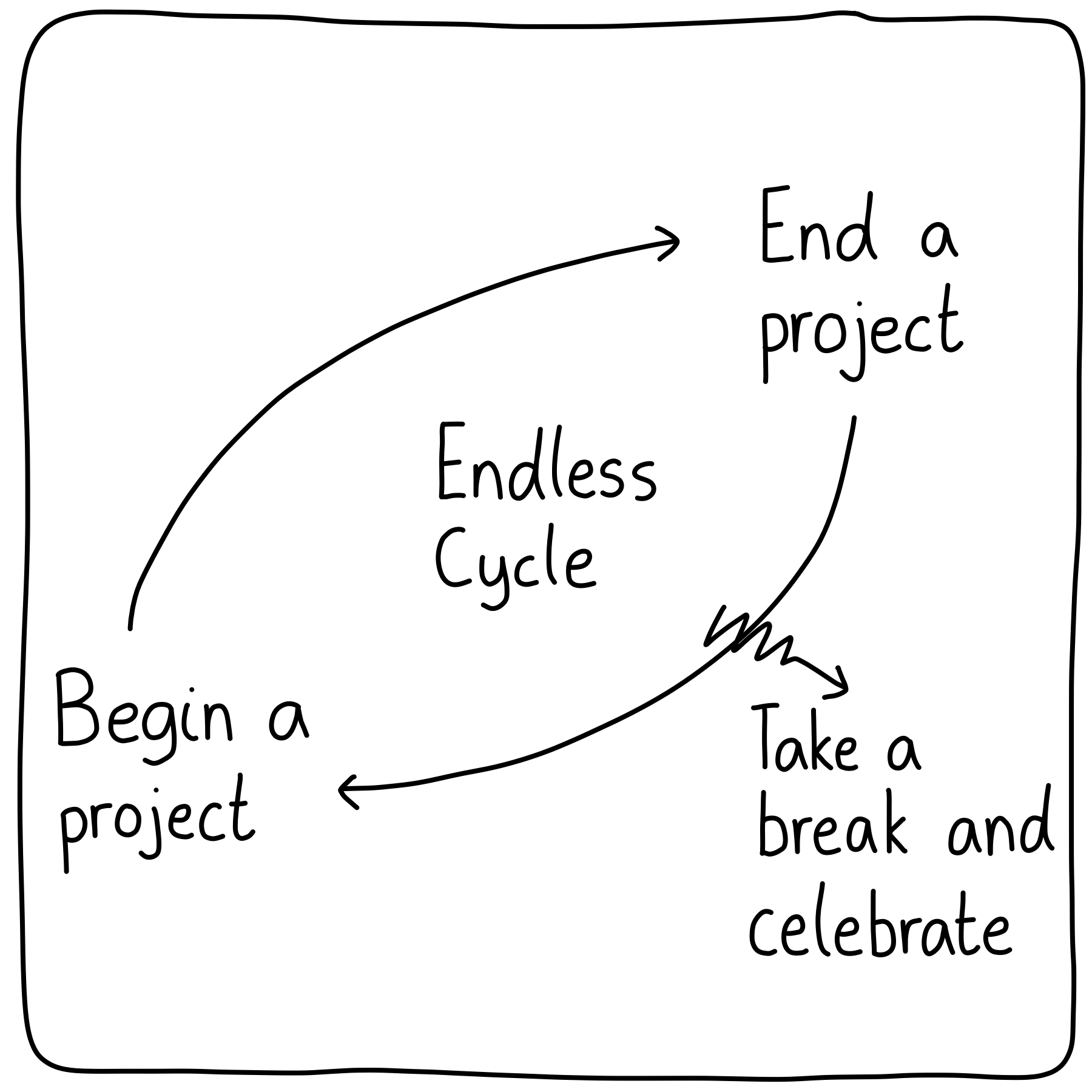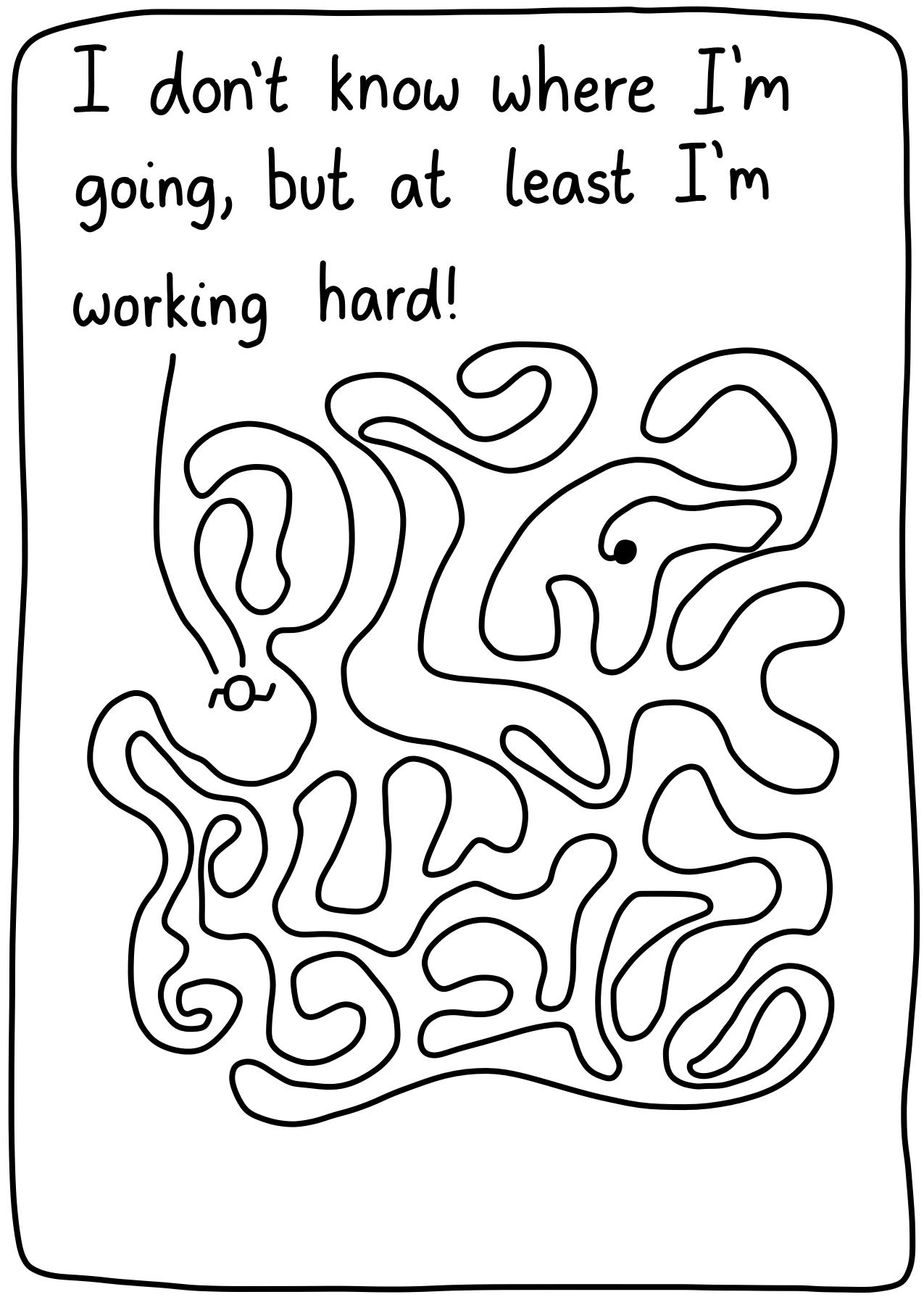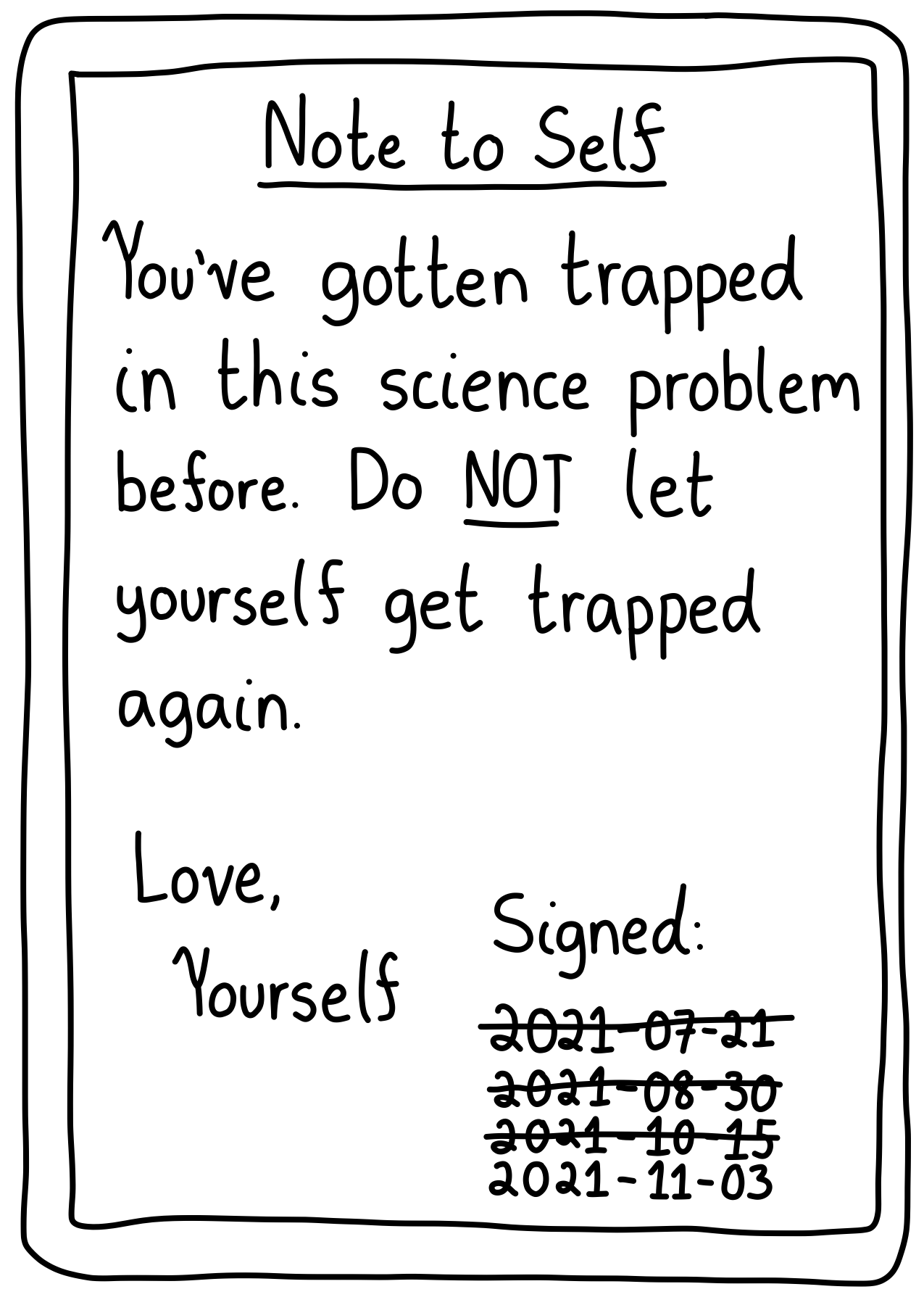 Comics about mathematics, science, and the student life.
Comics about mathematics, science, and the student life.
Reality Check

“You may have also heard of ‘experiments’ and ‘data’. We won’t worry about that here.”
19 Jan 2022Loss Landscape of Academia

It’s good to check every once in a while that you aren’t stuck in a local minimum.
17 Jan 2022Simple

This is how I feel about many computer science papers. Such simple ideas, but the notation and equations are so cryptic.
14 Jan 2022Difficulty Level

You would think that this should be painless. But no, despite our civilizational advances, this is still a pain.
12 Jan 2022Project Cycle

The highs in science are often short-lived, so make sure to give yourself the time to celebrate. You will have plenty of time to start a new project and be stuck in frustration again!
10 Jan 2022Fan Mail

Normally, I’d be mad about you checking out my mail. But on second thought, could you also sort through it a bit?
03 Jan 2022


